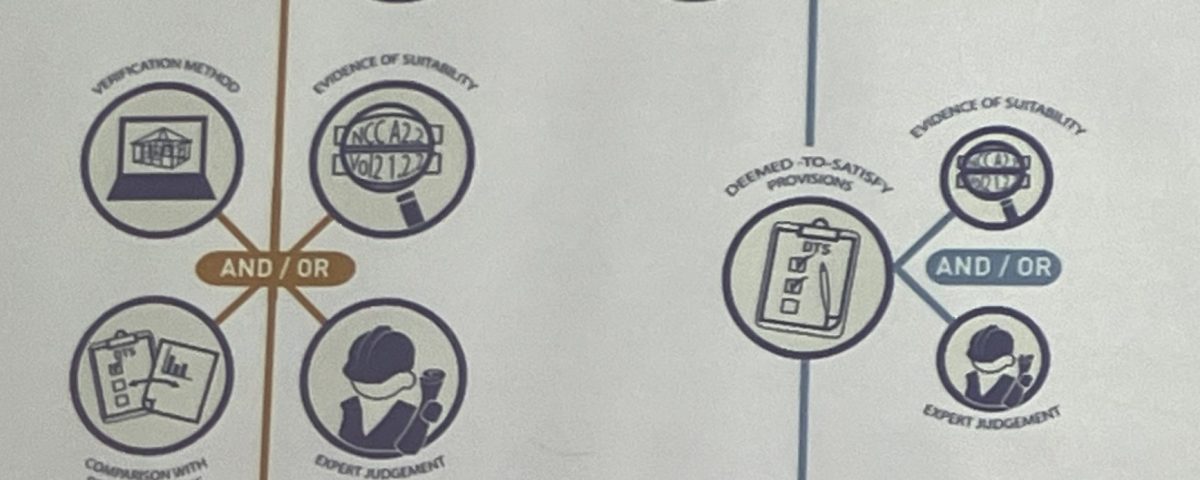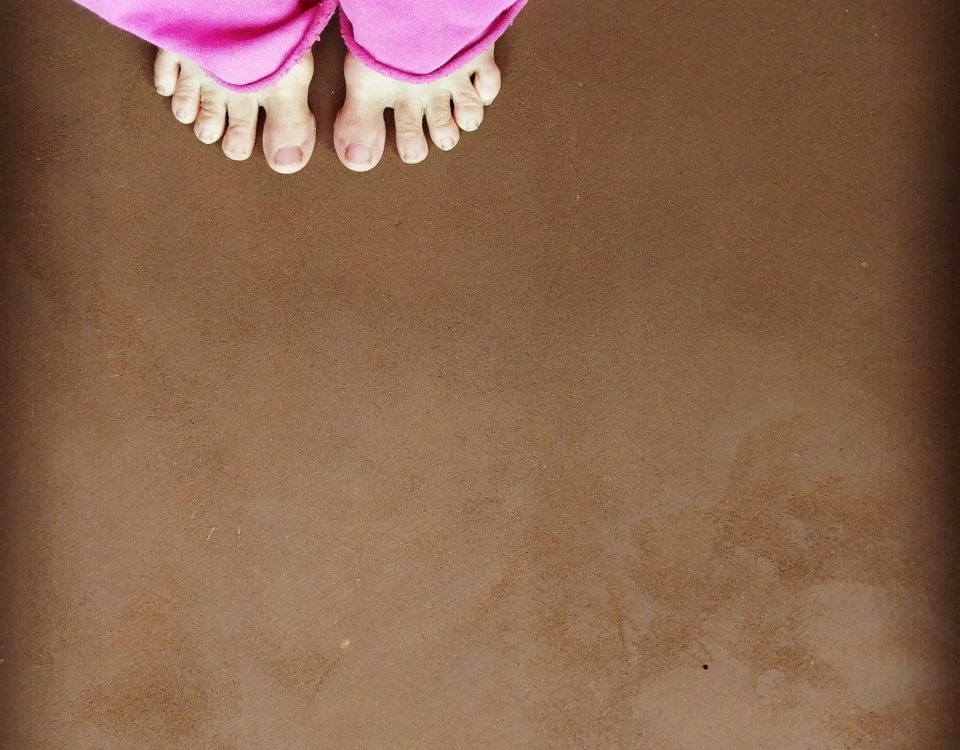
What to Do When Your Earth Floor or Wall Cracks
16/06/2025I’m excited to introduce Kirstie from Shelter Building Design, a highly experienced building designer specialising in sustainable, natural, and eco-friendly architecture. With a deep passion for environmentally responsible building methods, Kirstie has been at the forefront of projects using innovative materials like hempcrete, guiding clients through design, planning, and construction stages with expertise and care.
Kirstie frequently shares her knowledge on hemp building, and one topic she’s often asked about is how to navigate the approval process under the Building Code of Australia. While this part of the process might not be the most glamorous, it’s absolutely essential to getting your hemp house approved and built.
Here’s what you need to know:
Each Australian state uses slightly different terms, but the process generally has two key stages:
-
Planning Permission:
In NSW, this is called a Development Application, while in Victoria, it’s a Planning Permit. At this stage, councils mainly focus on things like the colour, appearance, and how the building fits within the neighbourhood. They usually don’t get hung up on the materials you use. -
Building Approval:
This is where your build must comply with the Building Code of Australia (BCA). In NSW, it’s called a Construction Certificate; in Victoria, a Building Permit. This stage requires you to demonstrate that your hemp walls meet the BCA’s standards.
Sometimes, if you’re building on certain residential or rural-zoned land, you might not need separate planning permission and can go straight to a Building Permit or use a combined process (called a Complying Development Certificate in NSW).
Meeting the Building Code
The BCA offers two pathways to compliance:
-
Deemed to Satisfy:
This applies when you’re using standard materials in a conventional way that’s already proven to meet the Code’s requirements. -
Performance Solution:
For innovative materials like hempcrete, which was once considered novel, this is the more flexible pathway. It allows you to demonstrate that your materials perform as well as—or better than—traditional options.
Performance Solutions can take several forms:
-
A Codemark Certificate from an independent body that certifies the product meets the BCA.
-
A Performance Based Design Brief and a supporting Final Report, which document how your product meets specific performance criteria and address relevant parts of the Code.
If you’re buying hemp binders or blocks, it’s important to ask your supplier about these documents to ensure you have full Code-compliant products.
Good news:
It’s entirely possible—and not as difficult as you might think—to get approval for hemp buildings. They’ve been successfully approved across councils in all Australian states.
If you’re finding the process tricky, seek advice from someone experienced in hempcrete builds. Kirstie recommends checking out the Hemp Building Directory at hempbuilding.au for designers familiar with hemp construction.
Hemp is an incredible building material with many benefits. Don’t let concerns about approvals hold you back—it just takes the right information and guidance to get your hemp building project over the line.




